SUMMARY
This is AI generated summarization, which may have errors. For context, always refer to the full article.
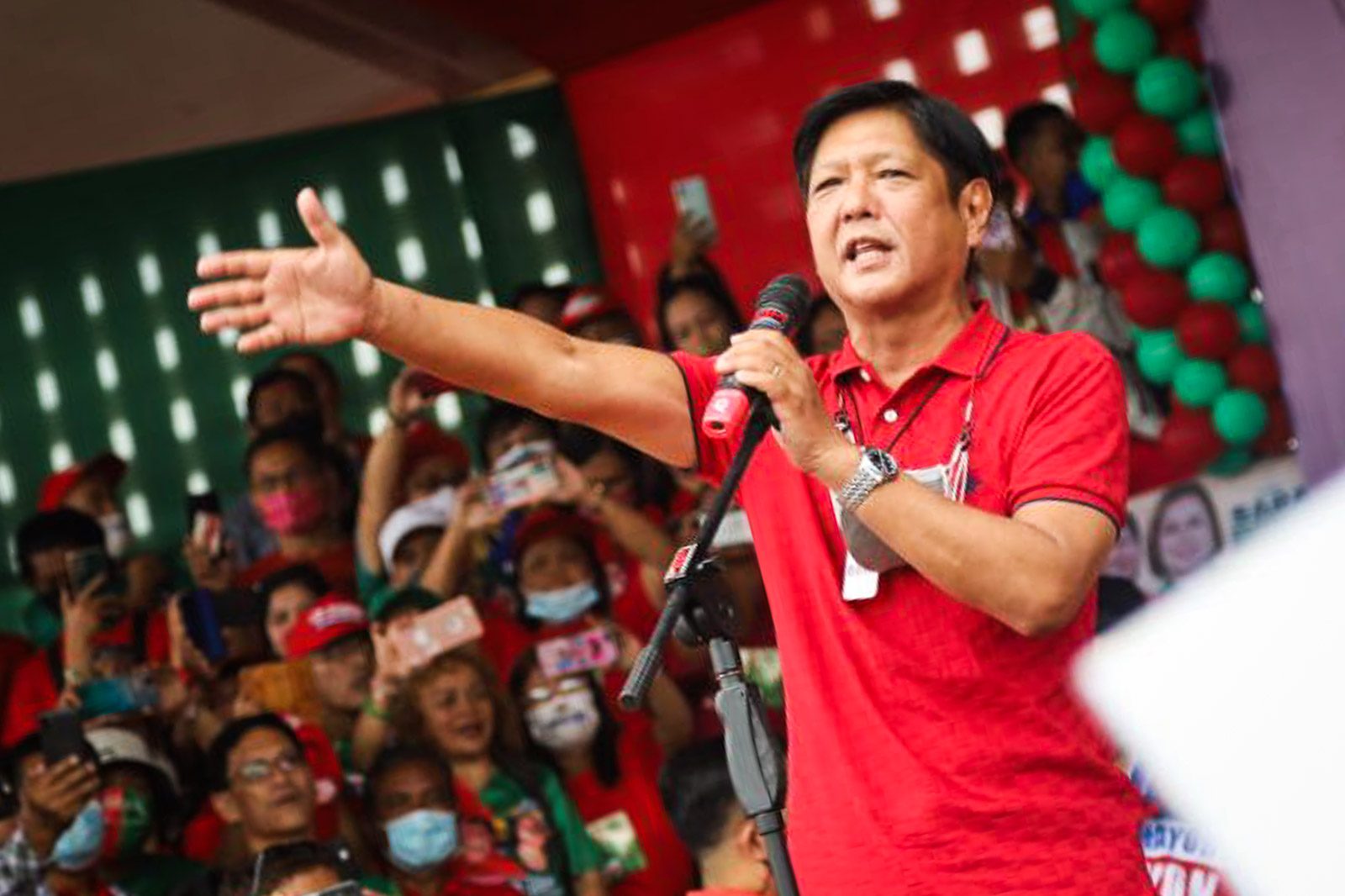
MANILA, Philippines – The campaign sorties of Ferdinand “Bongbong” Marcos Jr. have been heavy in Luzon, as he even visited more than once the provinces that are already perceived as his bailiwicks. In the last stretch of the campaign, he is expected to spend some more time in the “sway” region that is Visayas – after getting the elusive yes of ruling local party One Cebu.
The strategy of going heavy in Luzon makes sense for political campaign teams. The vote-rich island accounts for 36.6 million voters, or more than half of the total 65.7 million registered Filipino voters for 2022.
It’s a strategy of consolidation, said a party official privy to the Marcos campaign who agreed to this interview on condition of anonymity. “He needs to consolidate. His presence is important to remind the voters to vote for him. But in fairness, he does not neglect Visayas,” said the party official in a phone call with Rappler on Monday, April 10, after the weekend Samar and Leyte sorties of the dictator’s son.
Going by the results of the 2016 tightly contested vice presidential race between Vice President Leni Robredo and the defeated Marcos, it’s Southern Luzon that he needs to work on because Robredo won there. In contrast, Marcos in 2016 won the National Capital Region and all provinces north of the region except Tarlac and Batanes.
According to the latest survey of Pulse Asia in March, Robredo gained 14 points in Balance Luzon (excluding Metro Manila) while Marcos dropped four points in the same region. Robredo and Marcos are also now statistically tied in Calabarzon (37 and 38, respectively), or Southern Tagalog, which has 9.1 million voters.
As expected, Robredo is 88 points in Bicol, her home region, where there are 3.9 million voters. Marcos is only 8 points there.
Luis “Chavit” Singson, a key figure in the Marcos campaign, said Marcos will soon return to Bicol. The son of the dictator had an unimpressive showing in his last sorties there in March.
“Yes [it’s important to return to Bicol],” Singson told Rappler in a phone call Wednesday, April 13. “It doesn’t matter if he still loses there, but he needs to show up,” Singson said in Filipino, pointing out that the difference in Bicol now is that Marcos has solid backing from local government units (LGUs), like the nine mayors of Camarines Sur, Robredo’s home province.
Singson said, “kaya ang attitude niya naghahabol pa rin (his attitude is that he still needs to chase),” supposedly also the reason why Marcos is returning to some areas. Singson said he kept bringing this up in meetings. “Kaya ang binabalik-balikan ko talaga ay Camarines Sur (That’s why I keep going back to Camarines Sur),” Singson added, noting that the Villafuertes will now have to support Marcos because Robredo supports their bitter rival, Rolando “Nonoy” Andaya.
Alan German, a campaign strategist, agreed that heavy campaigning in Luzon is a strategy of consolidation.
“That’s what makes VP Leni [Robredo] very different, she’s really breaking this traditional model,” German said in a Zoom interview with Rappler on Tuesday, April 12, referring to Robredo’s recent sorties in the so-called Solid North: Pangasinan, La Union, Pampanga, where she and her team gathered huge crowds.

Local machinery vs peoples’ campaign
Despite these highly charged mammoth rallies, however, the party official said that machinery will still spell the difference on May 9.
“You won’t win in the Philippines if you don’t have connection with existing political machineries, and that’s usually province-based. From North to South, dynasties equal political machinery – and that means complete resources up to election day,” he explained. The party official said that while volunteers act depending on the issues and requirements of campaigns, a machinery pools resources for various personal stakes that usually are gut-level.
Yet, the Marcos campaign has been seen to adjust its style in the recent sorties, injecting more humanizing elements – such as a supporter handing over hard-earned cash to the presidential candidate or a millennial crying on the campaign stage and telling Marcos she was being bashed for supporting him.
Their confidence stems from what locals have committed to them.
And on Tuesday, April 12, the Marcos campaign got a boost from Cebu when the One Cebu party – sans Congressman PJ Garcia who rejects Marcos and resigned from his position as the party’s secretary-general.
House Majority Leader Martin Romualdez, a Marcos cousin, said One Cebu’s move sealed the victory for the Uniteam tandem. “The latest support that we got will further lead Marcos and Duterte to landslide victories. With their avowed help and support, we will have these votes,” said Romualdez, president of Lakas-CMD that is carrying Duterte’s vice presidential bid.
German claimed the Robredo campaign is out to break this power of political machinery.
“The underpinning of VP Leni’s campaign is to take it to the bully, so now she’s going to the North and these crowds are showing up. Pampanga was particularly remarkable. So, pinapakita niya na kung sa’n ako dehado, papakita ko na hindi ako dehado dahil ultimately, hindi LGU ang magpapanalo sa kampanya. Hindi politiko ang magpapanalo sa kampanya, tao,” said German.
(She’s showing that where I’m supposedly weak, I’m not really weak because ultimately, local government units will not win an election, not politicians, but the people.)
Visayas is ‘sway’
German said the Visayas is considered a sway region, an area where a significant number of voters are still up for grabs. Although Robredo won Visayas in 2016, Marcos’ survey numbers there since the start of the campaign period have been higher. The recent Pulse Asia survey, however, showed a five-point drop for Marcos and a nine-point rise for Robredo – following her impressive sorties in Bacolod and Iloilo cities.
The entire Visayas island only has 13.4 million voters or 20% of total voters in the country. “Now that Governor Gwen has endorsed Marcos, [if I were Robredo] I would concentrate on the Visayas sector, I know it’s only [20%] but right now I think that is where the sway is,” said German.
In 2016, One Cebu endorsed former senator Alan Peter Cayetano for vice president. Cayetano came in second in Cebu in 2016, because Robredo won the province then. Marcos was third in Cebu in 2016.

How about Mindanao?
Mindanao, an island of 15.6 million voters, was integral to Robredo’s victory in 2016, and her allies have always attributed that to the bitter history of the island with the late dictator Marcos, especially the Moro areas.
The Marcos-time Jabidah Massacre is seen as the reason that ignited the Moro revolution, while Marcos Jr. as senator is blamed for the delay of passage of the Bangsamoro Organic Law.
Marcos gained initial headway in the Bangsamoro in terms of support, getting Lanao del Sur Governor Mamintal “Bombit” Alonto Adiong Jr. and Tawi-Tawi Governor Yshmael “Mang” Sali to his side.
While the recent Pulse Asia survey showed a six-point drop for Marcos in the region and a nine-point increase for Robredo, the numbers are far bigger for Marcos.
German said it might have something to do with age, adding that “a lot of Mindanaoans perhaps don’t recall or as engaged with the bitter history of the Marcoses with Mindanao.”
Aiming to be ‘majority president’
The party official said “NCR is also a big catch.” It has 7.3 million voters and Marcos is at 64 points in the region in the March Pulse asia survey – the only region where Robredo did not register any increase in the same survey period. Marcos also won NCR in 2016.
But German said NCR “is very much so” a sway area. “I can say with confidence, many studies have validated the fact that NCR voters are really very fickle,” said German.
In the estimate of Singson, longtime governor of Ilocos Sur and now mayor of Narvacan who’s also the president of the League of Municipalities of the Philippines (LMP), at least 90% of all governors in the Philippines support Marcos.
Is there anything that could stem the tide? “I don’t see any unprecedented event that can hamper the victory of Bongbong [Marcos],” said his ally Quezon Governor Danilo Suarez.
Singson admitted that Robredo’s nine-point increase in the last Pulse Asia survey prompted them to recalibrate, but how?
“For him to still win as a majority president, para wala nang masabi (so people won’t be able to say anything),” said Singson. – Rappler.com
Add a comment
How does this make you feel?
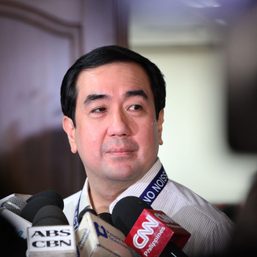
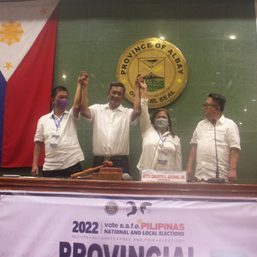
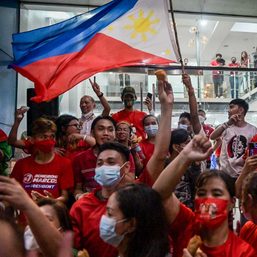
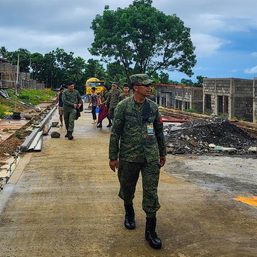
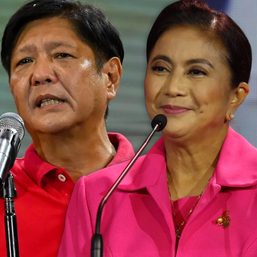
![[Newspoint] Improbable vote](https://www.rappler.com/tachyon/2023/03/Newspoint-improbable-vote-March-24-2023.jpg?resize=257%2C257&crop=339px%2C0px%2C720px%2C720px)
![[Newspoint] 19 million reasons](https://www.rappler.com/tachyon/2022/12/Newspoint-19-million-reasons-December-31-2022.jpg?resize=257%2C257&crop=181px%2C0px%2C900px%2C900px)
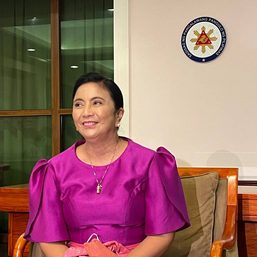
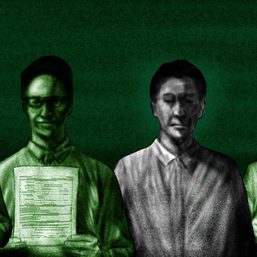
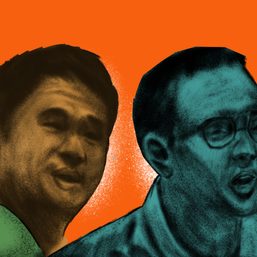
![[In This Economy] Marcos’ POGO ban is popular, but will it work?](https://www.rappler.com/tachyon/2024/07/thought-leaders-marcos-pogo-ban.jpg?resize=257%2C257&crop=255px%2C0px%2C720px%2C720px)
![[Rappler Investigates] POGOs no-go as Typhoon Carina exits](https://www.rappler.com/tachyon/2024/07/newsletter-graphics-carina-pogo.jpg?resize=257%2C257&crop=424px%2C0px%2C1080px%2C1080px)



There are no comments yet. Add your comment to start the conversation.